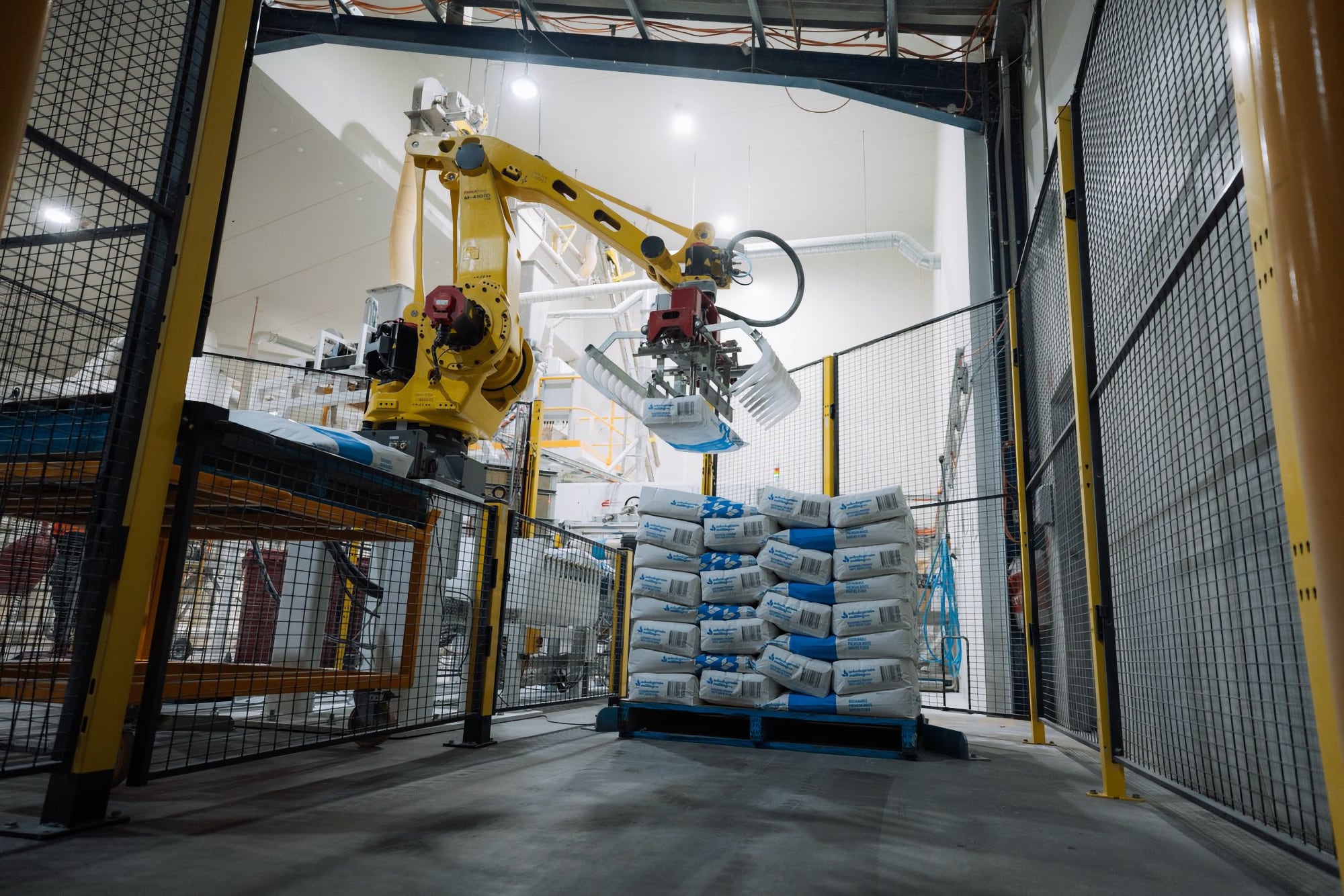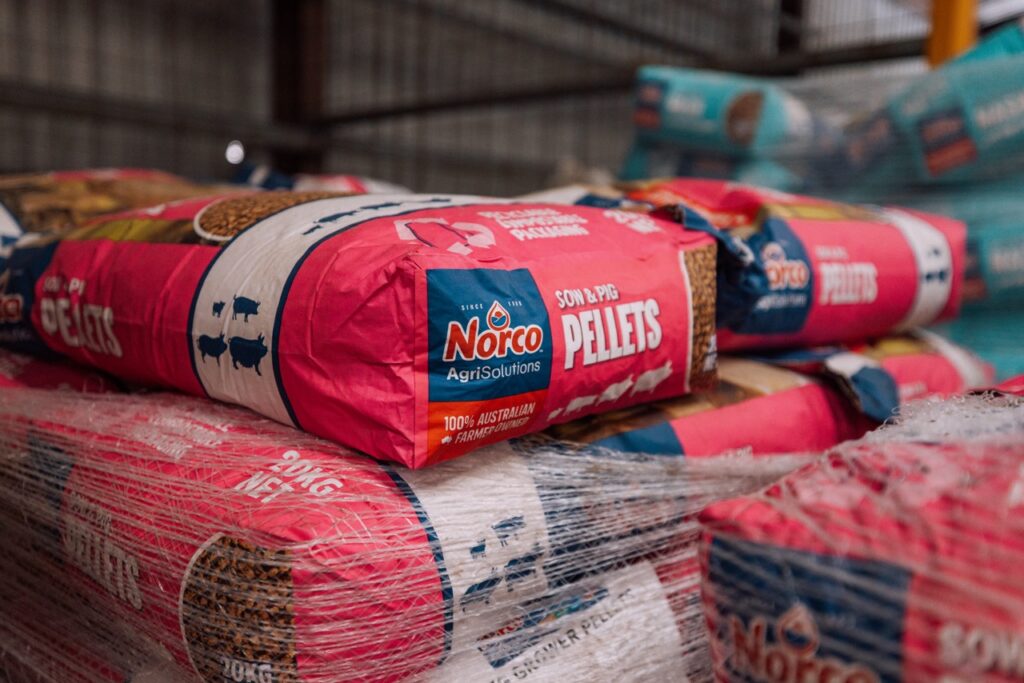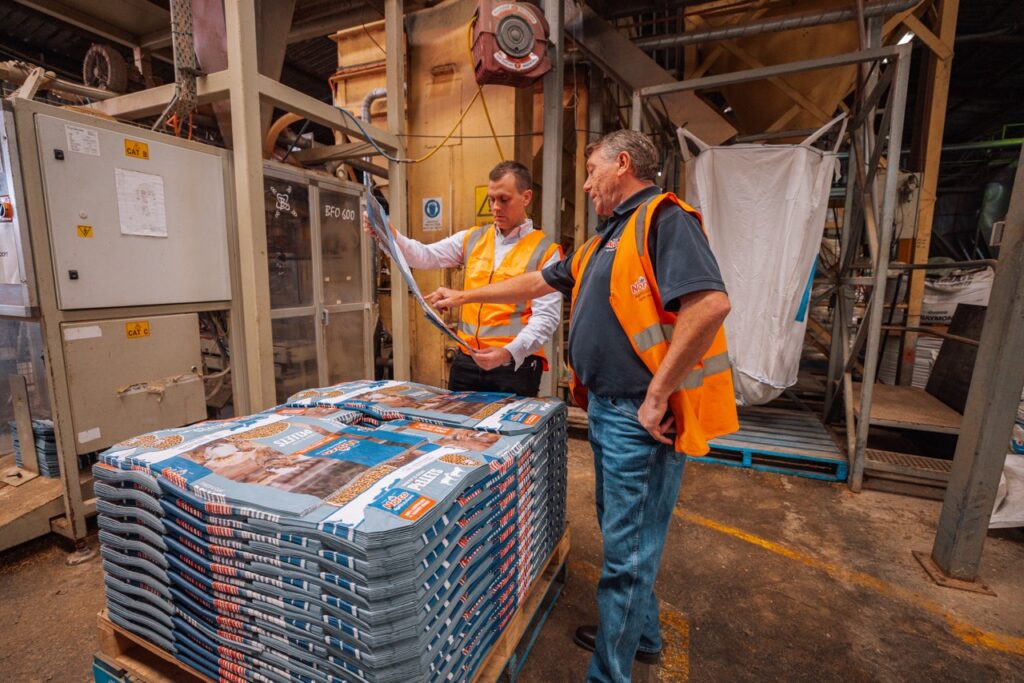
Could switching from plastic sacks to multi-walled paper ones improve your operations?
Everyone’s taking sustainability more seriously these days and companies are making subtle yet powerful changes to minimise their environmental footprint – packaging choices included.
Distributors and suppliers are looking for more sustainable packaging options as consumers increasingly want packaging that’s recyclable, compostable or refillable. As a result we often talk to companies who are scrutinising their operation, seeking to make changes that will improve their environmental, social and governance (ESG) performance.
If your company uses plastic sacks for its products, switching to paper sacks could improve your operations, your ESG performance and how your brand is perceived. However, making a change is usually more complex than changing out light bulbs, and considerations need to be made.
SmartPack is proud to have a Platinum EcoVadis sustainability rating – so we know what it’s like to have each area of our operations scrutinised. We’re dedicated to doing better for our customers, community and the planet – and helping our customers make the best choices is part of that. That means we don’t automatically recommend a switch to paper sacks for sustainability reasons. Although it might look like an easy win, paper isn’t always the right choice for the context.
So while there are of course many advantages of switching to paper sacks, there are some considerations too.

Multi-wall paper sacks are great for products that need breathable packaging to help ensure they remain fresh. Stock feed, seeds, grains and minerals are examples of products that can be packaged in paper sacks. Even fine powders like cement can be successfully packaged in multi-wall paper sacks.
They’re not great for products that require additional barrier properties.
Products that aren’t suitable for paper sacks include those with a high moisture or oil content. In these cases, it’s better for your bottom line and the environment to avoid spoilage and ensure your product reaches its final destination in good nick. Switching to paper for its sustainability credentials may not move the needle on your ESG goals when you consider the product’s complete journey.
Liners are one way to get around the issue. A conversation with our team will confirm whether a liner might work for your product.
There are differences in how paper sacks can be filled, stocked and distributed. Your supply chain needs to be able to handle the paper sacks correctly. If your current machinery isn’t compatible with paper sacks, it may need to be altered or replaced to handle the new packaging.
A change in bag construction can have a number of flow-on effects. Shifting to a block bottom multiwall paper sack might require a bag size adjustment to allow for the increased space created, as an example.
Changing bag size will, in turn, impact the pallet stack pattern. The pallet stack pattern will need to be refined to optimise freight and logistics efficiency.
Is this sack going to be thrown in the back of a ute? Does it go into a farm shed or to a construction site? Or is it heading to a controlled environment such as a food manufacturing facility?
Storage and handling procedures must be considered. You may need to educate your supply line on how best to handle the paper packaging to minimise damage. Although multiwalled paper is tough, it needs to be handled, stacked and stored correctly.
Careful planning and testing are required to ensure your switch to paper sacks is successful.
SmartPack can assist you with the transition, advising on the best way to make the switch to minimise wastage of existing packaging and to leverage the machinery and supply line you currently have.

Paper is a more expensive base material than plastic resin. But whilst cost is very important for every business, the lowest cost bag is not necessarily the best for business, your brand, your product and more importantly, repeat sales.
More often than not, there will be a way to strip cost from your packaging whilst achieving the optimum outcome. This takes a specialist that understands all areas to exploit these opportunities. It is worth reframing the cost of packaging as a broader consideration: rather than just the cost of packaging, think about the value and overall cost of delivery.
Other costs associated with making the switch include purchasing new equipment, implementing machinery upgrades and retraining your supply chain. Multi-wall paper sacks may be heavier than your existing packaging, and the way you store and transport them may be less cost-effective.
Many of these factors can be overcome with careful planning and consideration. Additionally, the benefits of paper packaging can easily outweigh the extra costs.
If your company is considering making the switch from plastic sacks to multi-wall paper bags or sacks, chances are you’re already aware of the fantastic environmental benefits of paper.
Paper is renewable, biodegradable and takes less energy to recycle than plastic. It’s better for our environment, and if that is important to your company, it’ll be important to your customers, too. The environmental, cost and brand benefits of switching to paper could be huge.
Our paper sacks are eco-friendly. They’re 100% biodegradable and should completely decompose within six months. But they’re also strong enough to be reused and recycled, too.
Certain paper sacks are food-grade certified. We see them commonly used for a wide range of products like:
There are many advantages to switching to paper sacks, but careful planning and consideration need to happen to make sure the transition is effective. We are here to help.
Our packaging is fully customisable, and with 360° thinking, we can analyse your packaging processes with you and make sure the transition is a seamless one.